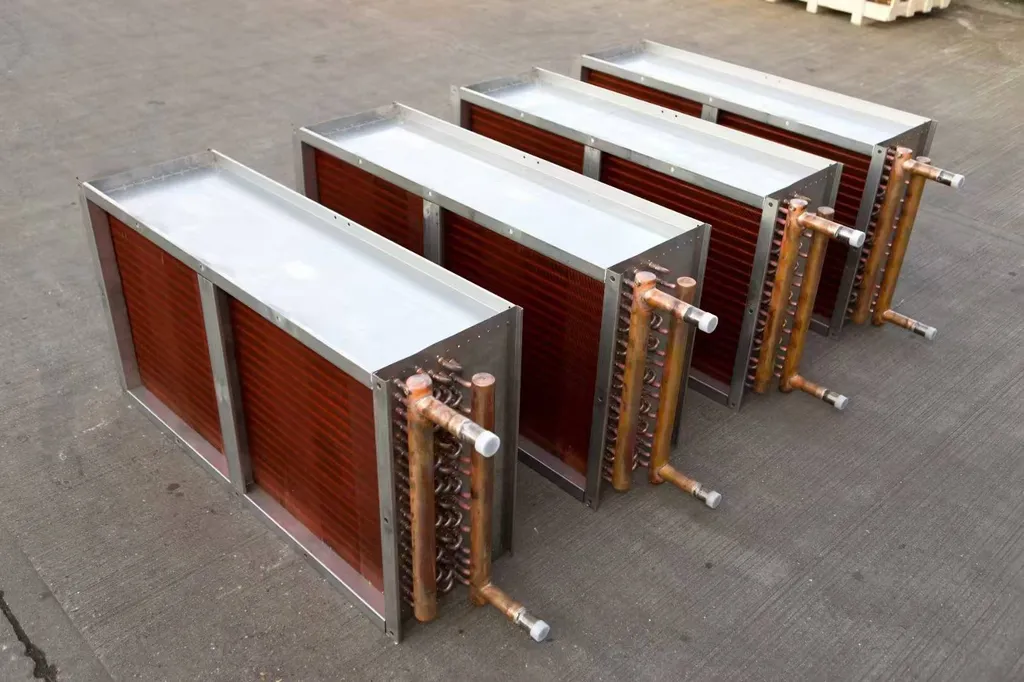What keeps our data centers humming and our industries productive? Often, the answer lies in the unsung heroes of thermal management cooling towers. These structures, sometimes imposing, sometimes sleekly integrated into urban landscapes, play a pivotal role in dissipating heat and maintaining optimal operating temperatures. But have you ever stopped to consider the variety of cooling towers available?
Understanding the Basics — How Cooling Towers Work
Before we dive into the types of cooling towers, let’s quickly revisit their fundamental function. Cooling towers are essentially heat rejection devices that expel waste heat into the atmosphere through the evaporation of water. This evaporation process cools the remaining water, which is then recirculated back into the system requiring cooling, such as in power plants, refineries, or, as Kaltra specializes in, data centers and industrial facilities. Kaltra, an international company based in Munich, concentrates on providing energy-efficient solutions, and cooling towers are a critical piece of that puzzle.
Key Types of Cooling Towers — A Closer Look
Now, let’s get to the heart of the matter exploring the diverse types of cooling towers available. These towers are broadly classified based on several factors, including their construction, airflow mechanism, and heat transfer method. Understanding these distinctions is vital for selecting the right cooling solution for a specific application.
1. Natural Draft Cooling Towers
These towers, often the most visually striking, use natural convection to drive airflow. Their immense hyperbolic shapes create a chimney effect, pulling air upwards through the tower and facilitating evaporation. They are typically used in large-scale applications, such as power plants, due to their high capacity. The absence of fans means lower energy consumption, a benefit aligned with Kaltra’s focus on environmental friendliness. However, they require significant space and are highly dependent on ambient weather conditions.
2. Mechanical Draft Cooling Towers
Unlike their natural draft counterparts, mechanical draft towers use fans to force or induce airflow. This allows for a more controlled and consistent cooling performance, independent of weather fluctuations. These towers are further divided into two main categories —
-
Forced Draft Cooling Towers — In this design, fans are located at the base of the tower, pushing air upwards through the fill media where water is distributed. This configuration is easier to maintain, as the fans are readily accessible.
-
Induced Draft Cooling Towers — Here, the fans are positioned at the top of the tower, pulling air through the fill media. This arrangement promotes better airflow distribution and reduces the risk of air recirculation.
Mechanical draft towers are generally smaller and more adaptable than natural draft towers, making them suitable for a wider range of applications. Kaltra’s precision air conditioners and free cooling systems often work in conjunction with these types of cooling towers to achieve optimal cooling efficiency in data centers.
3. Crossflow Cooling Towers
In crossflow towers, the water flows vertically down the fill media, while air flows horizontally across it. This design offers a relatively low pressure drop and is known for its energy efficiency.
4. Counterflow Cooling Towers
Counterflow towers, conversely, feature water flowing downwards against the upward flow of air. This configuration generally achieves a higher thermal performance, but it also requires a higher pressure drop.
5. Closed-Circuit Cooling Towers (Fluid Coolers)
These towers operate on a closed-loop system, where the process fluid is cooled without direct exposure to the atmosphere. This reduces the risk of contamination and scaling, making them ideal for applications requiring high fluid purity. Fluid coolers are particularly relevant in industrial settings where maintaining fluid quality is paramount.
Selecting the Right Cooling Tower — Key Considerations
Choosing the appropriate type of cooling tower requires careful consideration of several factors, including —
- Cooling Load — How much heat needs to be dissipated?
- Space Constraints — How much physical space is available for the tower?
- Energy Efficiency — How important is minimizing energy consumption?
- Water Quality — What is the quality of the available water source?
- Environmental Regulations — What are the local regulations regarding water usage and emissions?
Kaltra, with its focus on environmental friendliness and reliability, offers solutions that address these considerations. The company’s expertise in microchannel heat exchangers and precision air conditioners complements the operation of various cooling tower designs, leading to integrated and highly efficient cooling systems.
Conclusion — Cooling Towers and a Sustainable Future
Cooling towers are more than just industrial structures; they are essential components of a complex system that allows us to maintain temperature-sensitive environments. Understanding the different types of cooling towers, their strengths, and their limitations is vital for making informed decisions about cooling solutions. Companies like Kaltra, by prioritizing energy efficiency and environmental responsibility, are helping to shape a more sustainable future through innovative cooling technologies. What innovations will we see in cooling tower technology in the years to come? The possibilities are exciting.
